What’s bugging your lawn? read our guide to common lawn pests and how to manage them
What’s bugging your lawn? A natural lawn supports quite a wide ecosystem but when it gets out of balance the grass plants suffer. So which bugs are harmless, which are good and which are nasty? Here’s a brief run-down of common lawn pests.
Moles in your lawn
Probably the most destructive visitor your lawn could ever have – but also a harbinger of good health.
There’s no question about whether you’ve had a mole on your lawn or not. If he’s there, the signs are obvious. Great big pimples of soil appear overnight making it look like some sort of discoloured pizza.
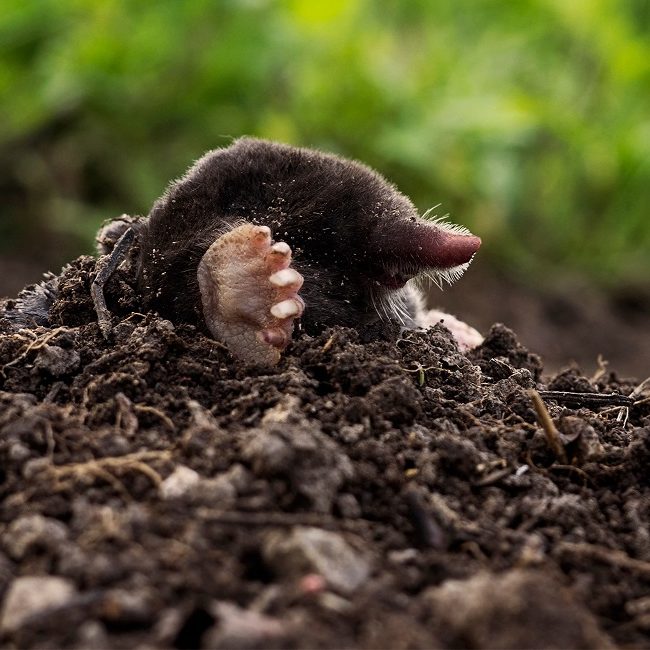
The good news is, you rarely find moles in places where the soil is unhealthy. They feed on underground invertebrates like earthworms. If you have a mole you’ve been doing a good job of caring for your soil.
The bad news is, they’re notoriously difficult to discourage. If you catch one, another will move in the replace it. Professionals seem to have a knack for it. So do elderly Norfolk allotment holders – but they’re in increasingly short supply. Even I struggle to find one and I live 200 yards from the allotments.
My advice would be to
- Contact your local pest controller immediately. The sooner he or she starts to catch and deter these creatures, the less damage they’ll do
- Scoop up the molehills and put the soil to one side – it’s great for topdressing or for filling pots. Brush over the lawn with a stiff broom to tidy it up. You won’t get rid of moles this way, but you will disguise the scars.
Ants and ants’ nests
Technically speaking, these tiny creatures don’t damage the lawn. They’re simply living there. BUT, they can spoil your enjoyment of a lawn. It’s no fun sitting in the sun trying to read a book when you can feel tickly feet clambering over your arms and legs. Ant nests don’t mix well with toddlers either.
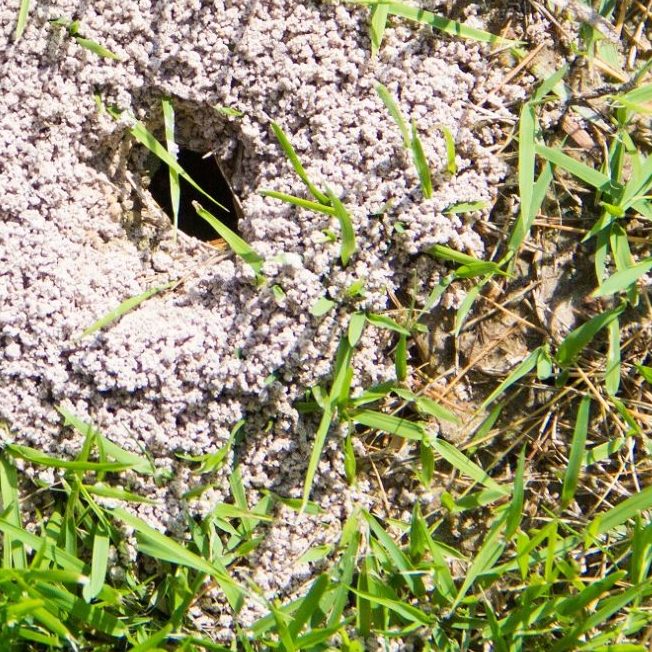
Here’s a simple non-chemical remedy for ants that you can use in the house too.
Mix 10-15 drops of peppermint oil with a tablespoonful of vodka. (Peppermint oil won’t mix with water). Add the minty vodka to a spray bottle filled with water and give it a shake.
Spray around the ants nest and in the areas where you see them foraging.
Ants hate peppermint. When they detect it, they’ll up and move somewhere else. Simple, inexpensive, safe and effective.
Bees – are they lawn pests?
Honeybees are unlikely to be interested in your lawn unless it is a source of pollen and nectar for them. However, some bumblebee and solitary bee species like to build their nests beneath a lawn. They make little holes that are surrounded by soil – like a mini mole hill. It will only be there for the duration of the summer and it won’t damage the grass.
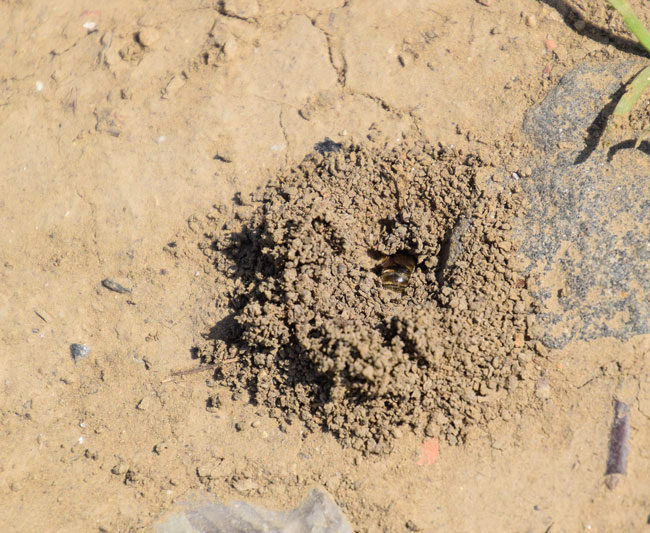
Bees are gentle creatures and only sting if they feel threatened so my advice to you is to leave well enough alone. This world is short of bees so by protecting their nest you’ll be doing the planet a favour. Just avoid putting your picnic rug too close to the hole and don’t go poking it with a stick. You’ll be fine.
Pets – the peskiest lawn pests there are

Oooh the everlasting conundrum. How do you stop your lawn being damaged by dog pee? I have blogged about lawns for dogs on our sister site in Scotland
Read more here
Products that can help…
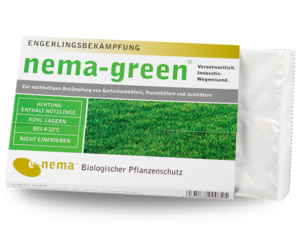 |
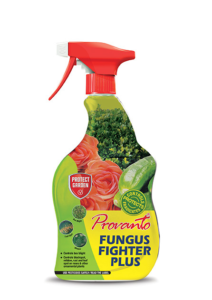 |
 |
   |
Chafer Grubs
These can be a real nuisance on the lawn. They are the larvae of the Chafer Beetle (or May Bug) and they eat grass roots – voraciously! One or two of grubs won’t do a lot of harm on a whole lawn – the grass can out-grow them. But if you have a real infestation – say 20-30 grubs per square metre, then be prepared to replace areas of your lawn next spring.
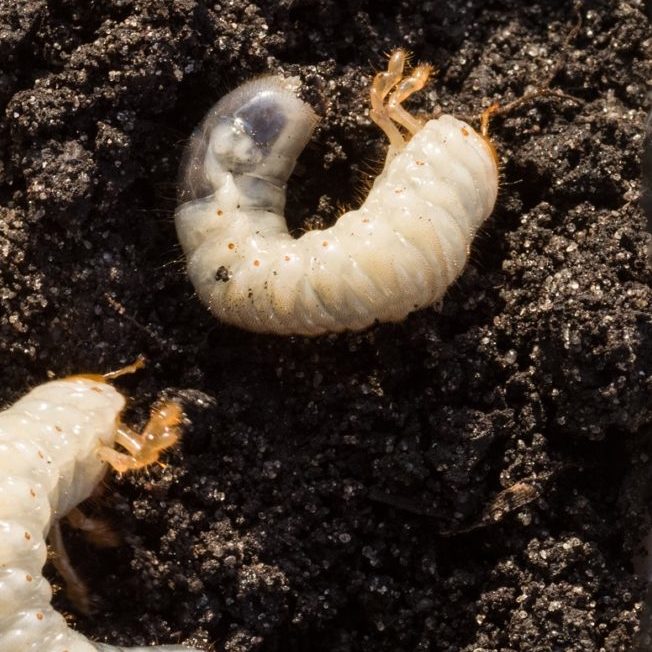

Chafer grubs do most damage between September and February. That’s when the grubs are growing fast both in size and in appetite.
There are no chemical controls for chafer grubs – only biological ones. Biological controls work best when the soil is warm. So in early summer (May – June) keep an eye out for the adult beetles. If you see them lurking around they are probably laying eggs in your lawn. Come July/August the eggs will have hatched into tiny lavae. At this stage they’re too small to damage your lawn but now is the time to apply biological controls to stop them in their tracks.
Products that can help…
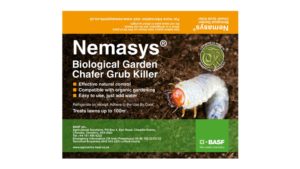  |
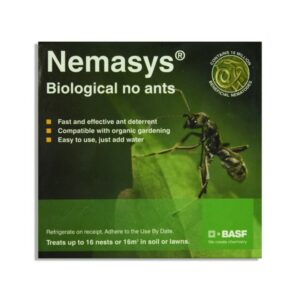  |
  |
  |
Leatherjackets
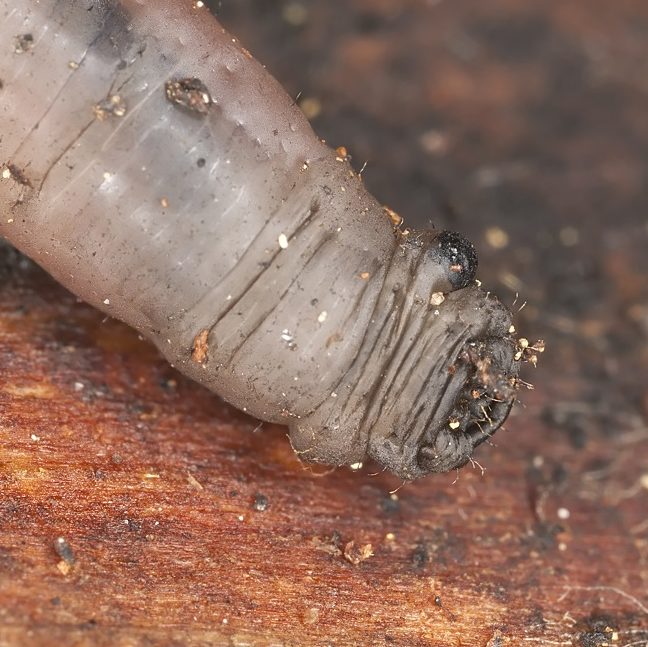

Leatherjackets are the larvae of the crane fly aka daddy longlegs. They’re not the most attractive grub I’ve ever seen and they’re definitely lawn pests. My friend Daniel Mackay has written a comprehensive post on Leatherjackets. Read it here
Ask the Experts
If you are having problems with pests in your lawn and you need help to identify them and find a solution. Send some photographs to the team at Turfonline and we’ll endeavour to advise you on how to control the beasties and repair your lawn.
Further Reading
Repairing your lawn with grass seed
Save
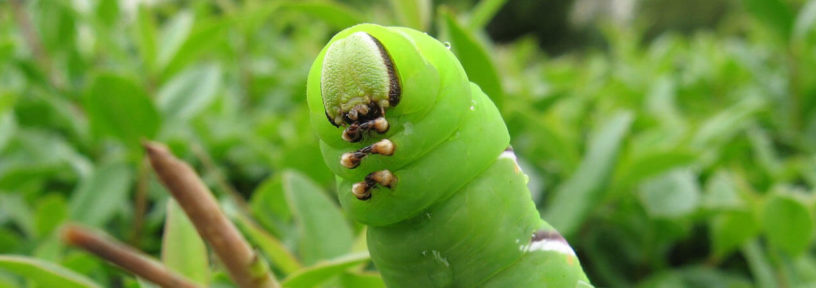
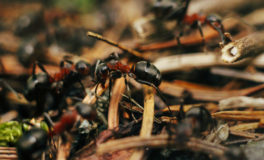



Comments are closed.